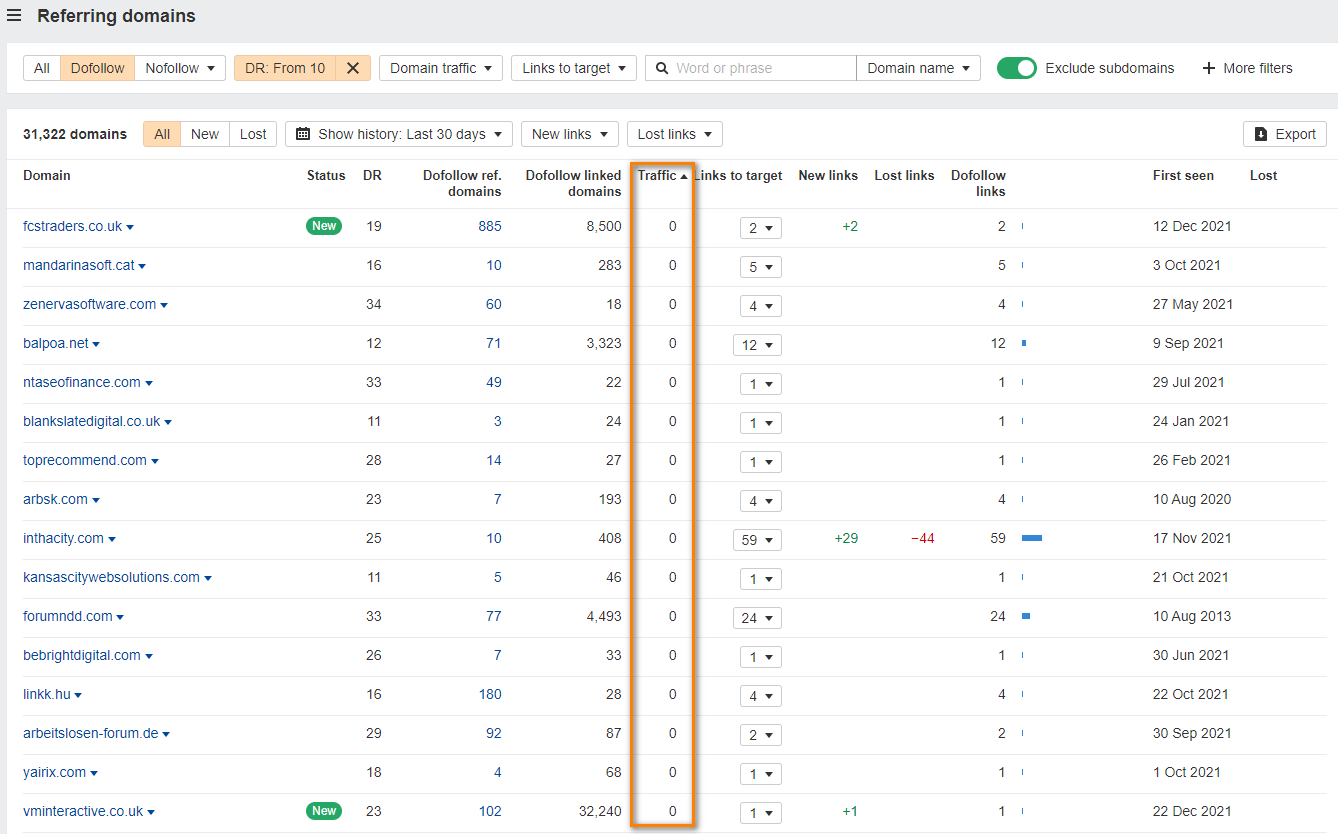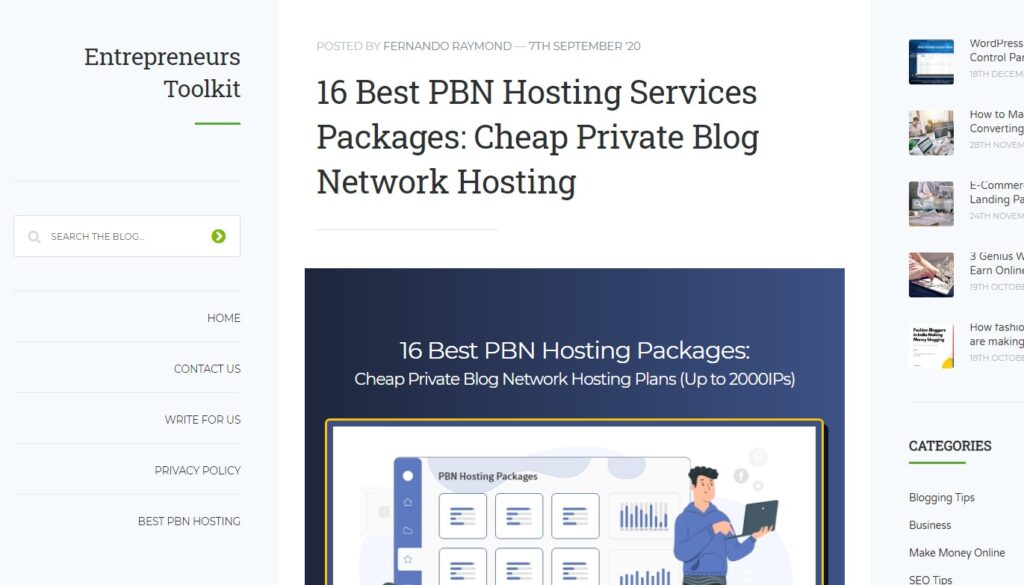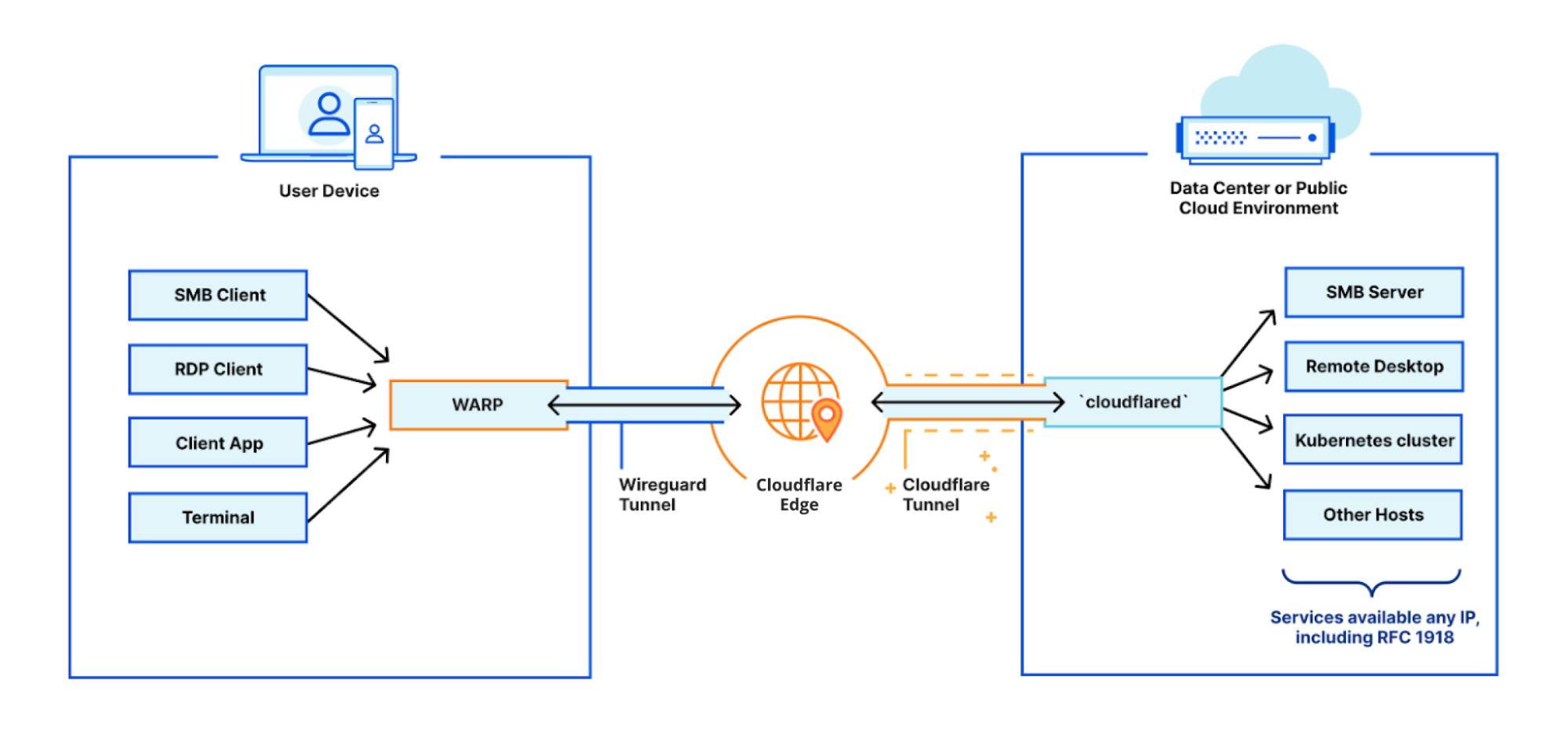All Categories
Featured
Table of Contents
- – What Is The Top Semantic Seo Checklist Service?
- – What Is The Most Effective Semantic Seo Framew...
- – Who Is The Most Reliable Seo With Semantic Se...
- – Top Implementing Semantic Seo Deals Near Me
- – What Is The Most Valuable Semantic Seo Tools...
- – What Is The Most Trusted Semantic Keywords B...
- – What Is A Good Price For A Semantic Content ...
The web is changing, ending up being a growing number of semantic. Search engine optimization is also transforming and coming to be a lot more semantic. This is since online search engine have actually evolved and are relocating much more and more towards reading web content on the internet. Naturally, that has additionally altered the method we produce content, especially if we intend to place better in the internet search engine.
Intertwingularity is not usually acknowledged, people maintain claiming they can make points deeply hierarchical, categorizable and sequential when they can't. Based on the partnerships in between search intents, the search engine likes a web content in placing by determining the distance between the vectors of definition.
It permits you to see, beginning with a subject, all the entities that belong to that subject. In this manner you can clearly see which entities/concepts/ideas have currently been covered on your internet site, and you can find brand-new chances by understanding what content you can add and just how to produce it.
What Is The Top Semantic Seo Checklist Service?
It is able to make your content easy to understand for search engines on the one hand and for your target market on the other. Structuring your material version highlights your content and its hidden partnerships to make sure that internet search engine can recognize you amongst hundreds of pieces of information, making you a lot more visible to users who satisfy the search intent pertaining to your company.
In semantic search engine optimization copywriting, an editor begins with a wider range of topics and tailors the web content to include semantically relevant terms and phrases that aid visitors understand a subject, comparable to reviewing web content in a wiki. From a material writing point of view, one sensible way to do this is to produce a vocabulary of terms and inquiries bordering your target topic.
What Is The Most Effective Semantic Seo Framework And Why
Find out more about by enjoying the by!.

Semantic search refers to the procedure of just how search engines understand and match keywords to a searcher's intent in organic search engine result. Before semantic search, online search engine like Google operated like matchmakersaligning specific words in your question with those exact words on web pages. The outcomes were uncomplicated yet frequently lacked depth.
Who Is The Most Reliable Seo With Semantic Search In My Area
It allows Google to supply fast, accurate answers to search queries about real-world topics. When you type an inquiry word into Google, you're not just getting in a series of words.
When you look for "Apple," Google doesn't simply see a word that defines a fruit. It acknowledges Apple as a business and can give relevant details. It was Google's answer to the rise of voice searches, where inquiries ended up being extra conversational and nuanced.
Top Implementing Semantic Seo Deals Near Me
By incorporating NLP, Hummingbird enabled Google to move beyond plain keyword matching. It aided the search engine comprehend search intent, boosting the probabilities that results would accurately match the factor behind a customer's search.
Making it a lot more reliable at handling never-before-seen search inquiries. RankBrain thinks about more than just keywords when examining a search question.
It brings results that match the keyword phrases and align with the total intent of giving pup training guidance. And if the customer regularly looks for dog-related content, Google might prioritize extra comprehensive training guidesrecognizing the customer's ongoing rate of interest in the subject. Combining modern technologies like the Expertise Chart, Hummingbird, and RankBrain, semantic search helps the Google algorithm analyze and link information across a large internet of details.
What Is The Most Valuable Semantic Seo Tools For The Price
The emphasis shifts from keyword choice to an alternative strategy including individual intent, topical significance, and total customer experience. Developing web content that attends to the searcher's demands with detailed info can boost your SERP rankings.
A more comprehensive strategy to material aligns better with semantic search's change away from exact key words matching and toward user intent. Web content that covers search queries a lot more extensively not just satisfies customers.
UX intends to develop a visually attractive, easy to use interface with appealing, quality content that encourages visitors to remain. Semantic search technology enables search engines to intend for results that give the ideal feasible UX.
What Is The Most Trusted Semantic Keywords Brand

All display Google's capacity to deal with a topic question thoroughly. By comprehending the context and intent behind customer queries, search engines can deliver extra relevant details and possibly enhance individual interaction. Customization in search results makes for far better UX.Based on your past search history and choices as an individual, semantic search helps online search engine tailor the results to suit your unique demands and interests.
It brings results that match the keywords and line up with the overall intent of giving puppy training guidance. And if the customer often looks for dog-related content, Google could prioritize more thorough training guidesrecognizing the user's ongoing rate of interest in the subject. Incorporating technologies like the Understanding Chart, Hummingbird, and RankBrain, semantic search assists the Google formula interpret and connect information throughout a large web of information.
What Is A Good Price For A Semantic Content Strategies?
The focus shifts from keyword option to a holistic technique including user intent, topical significance, and total user experience. Producing material that deals with the searcher's demands with thorough info can boost your SERP rankings.

A more comprehensive strategy to content aligns much better with semantic search's shift away from precise key words matching and toward user intent. Content that covers search questions more thoroughly not only satisfies customers.
And five times more than websites that take 10 secs to lots. While technical search engine optimization makes certain optimal site performance and accessibility, focusing on customer experience (UX) takes it an action better. UX intends to produce an aesthetically appealing, straightforward interface with appealing, high quality content that urges site visitors to remain. Semantic search technology makes it possible for internet search engine to go for results that provide the very best feasible UX.
All display Google's capability to deal with a subject inquiry thoroughly. By understanding the context and intent behind customer questions, internet search engine can provide much more appropriate info and potentially increase customer engagement. Customization in search results produces far better UX.Based on your previous search background and preferences as a customer, semantic search helps internet search engine customize the results to suit your unique needs and rate of interests.
Table of Contents
- – What Is The Top Semantic Seo Checklist Service?
- – What Is The Most Effective Semantic Seo Framew...
- – Who Is The Most Reliable Seo With Semantic Se...
- – Top Implementing Semantic Seo Deals Near Me
- – What Is The Most Valuable Semantic Seo Tools...
- – What Is The Most Trusted Semantic Keywords B...
- – What Is A Good Price For A Semantic Content ...
Latest Posts
What Is The Most Recommended Seo With Semantic Search Available Today
The Leading Semantic Search And Seo?
Optimizing For Search Intent
More
Latest Posts
What Is The Most Recommended Seo With Semantic Search Available Today
The Leading Semantic Search And Seo?
Optimizing For Search Intent